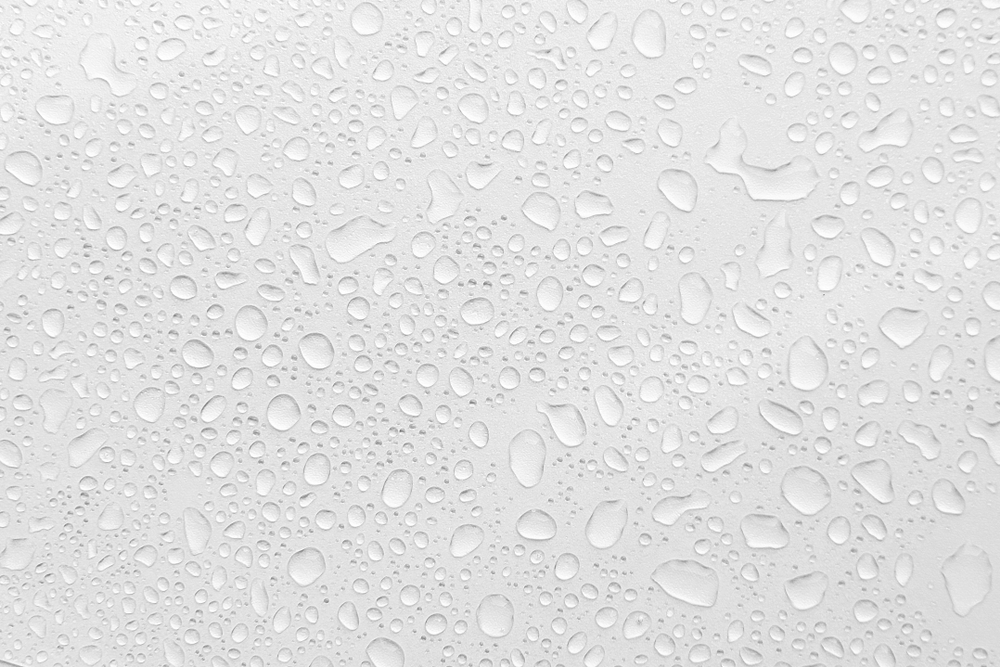Condensation is a huge problem and affects a significant proportion of homes in the UK. Although the issue of condensation is more acute in the Autumn and Winter, condensation can build up in your house at any time of year. Your property roof space or attic is a prime location for condensation issues and the damage it can cause can be significant. The problem can be more acute than in many other parts of your home as your roof attic is a space where you will likely spend little time. This means condensation can build and cause a lot of damage before you even become aware of it.
It is estimated that 1 in 5 homes are affected with condensation in the attic or loft. If you think you may have a condensation problem, then it’s worth getting it checked as soon as possible before too much damage is caused.
Signs of Condensation
Unless you inspect your attic on a regular basis then spotting the signs of condensation can take a little while depending on how bad the problem is. Tell tale signs are damp spots in your attic or water on the underside of tiles and roof membrane. Black spots may appear on ceilings and mould spores may spread onto clothes and other soft furnishings. If you see any of these signs then you need to act to prevent the problem getting worse.
Cause of Condensation in Lofts and Attics
There are several key reasons why condensation is building up in the roof of your property.
- Loft Insulation
The benefits of loft insulation are well known and it’s perfectly understandable that homeowners would choose to insulate or improve existing insulation in their roof spaces. Insulation reduces heat loss so it helps your home feel warmer and this helps keep your energy bill in check. All positives! The downsides are that roof insulation can stop your property from ‘breathing’. If air is unable to circulate properly then all of the moisture in the air is unable to escape and will condense on the cold surfaces in your roof space. It’s therefore important that insulation is installed correctly in order to avoid this problem
- Uninsulated Loft Hatches
If loft hatches are poorly insulated the moist air from your home will enter the loft space and condense on any cold surface it can find. This water will then flow down the inside of the roof and pool on the roof floor before potentially seeping through into your home below causing damp patches on your ceilings.

- Poor Ventilation
Ventilation is definitely a theme when it comes to roof condensation issues. Modern roofs tend to incorporate ventilation along both eaves and ridges which help allow air laden with moisture to escape. We do see some terrible installs though where this ventilation is not installed, either correctly or at all and the damage caused by the resulting condensation can be really serious. Older buildings however do not have the necessary ventilation fitted to the roof. The more modern lifestyle we now all enjoy contribute much more moisture to the air than a few decades ago meaning that whilst previously there may not have been a problem in the house, there now is. Fitting appropriate ventilation to the old roofs will solve the problem. Equally, the way the attic is being used can contribute to condensation problems. For example, if the roof space has been filled to the brim with boxes and other household junk then air cannot circulate effectively meaning you’ll have a condensation problem.
How to Stop Condensation in your Loft
A two-stage approach needs to be taken to preventing condensation forming in your roof.
Step One – Prevent warm air rising into your attic/loft:
If you prevent warm, moisture laden air rising into your attic then you will take away the key ingredient that causes condensation. Ideally this would involve fitting a vapour barrier under your roof insulation to properly seal your living space from the roof space. As mentioned above, you will also need to ensure the loft hatch is well insulated and well-sealed. Cheap loft hatches are more trouble than they’re worth so get a good one.
Step Two – Allow your loft to breath:
Condensation occurs when moisture laden air has no where to escape to. Hopefully by preventing much of this entering the roof space you will significantly reduce the likelihood of condensation. That doesn’t mean however that it’s not necessary to ensure your loft space is adequately ventilated. A good first step is to make sure that loft insulation isn’t pushed hard under the eaves of the roof preventing ventilation around them. Secondly, roof vents should be installed. There are lots of options to choose from including fascia vents, slate vents, soffit vents and roof tile vents to name but a few.
Hopefully by a) reducing the moisture entering your roof space and b) making sure your roof can ‘breath’ you’ll be well on your way to having a condensation free roof!
ER Group offer an extensive range of roofing services. Our fully qualified and insured team work across London. Our clients appreciate the honest advice and high standards we operate to. If you’d like any advice on your roof condensation problem then please contact us.






